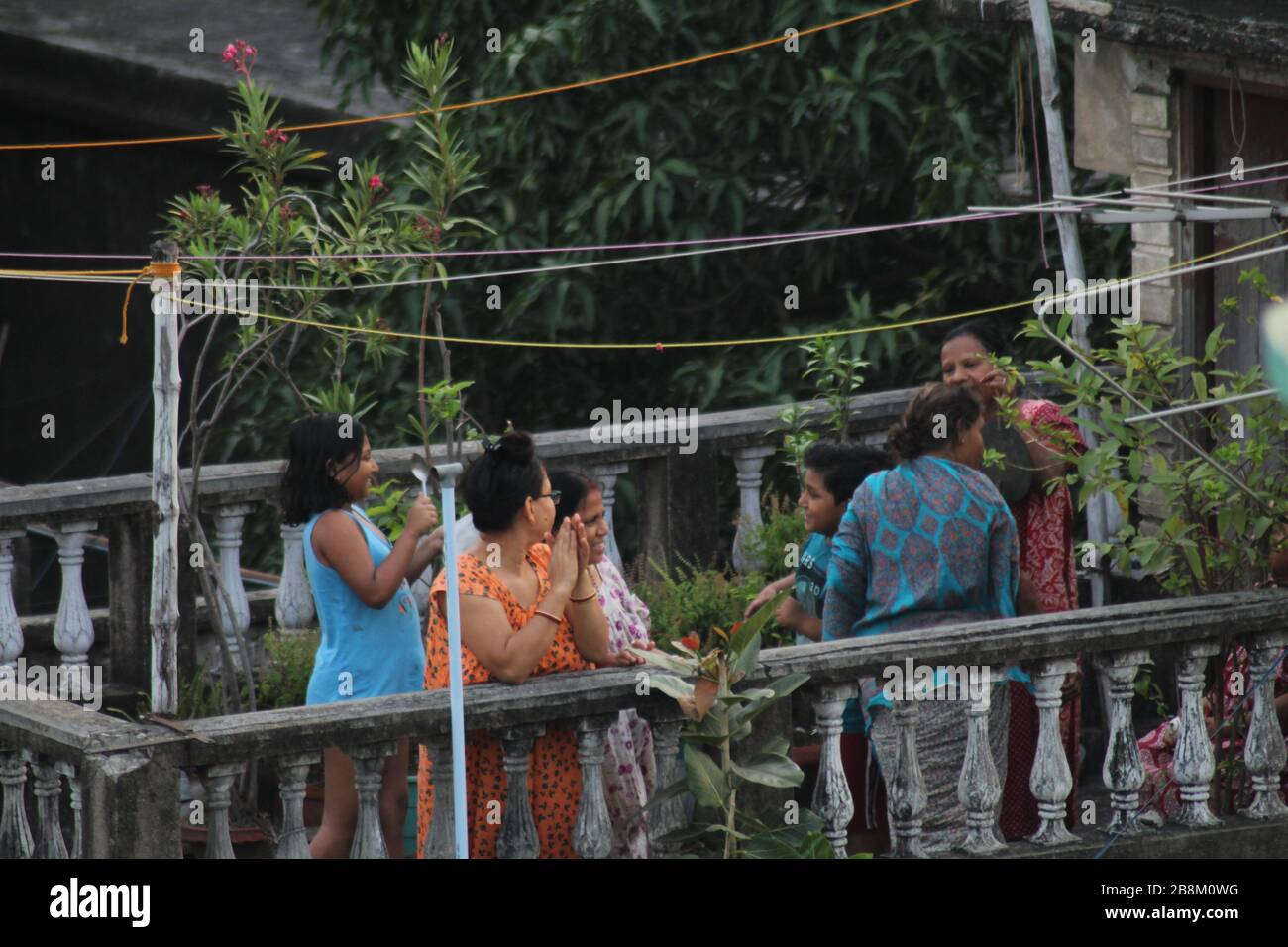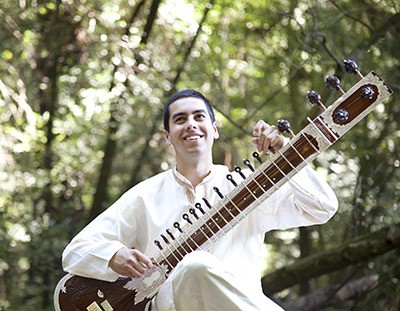

Throughout, we hear from leading experts, and of course, introduce fantastic and often-unexpected music.

Finally, we speak with Deepak Ram, a Indian jazz flutist who recounts his experiences growing up Indian in apartheid South Africa. We explore their history through the groovy Afro-Indo-Portuguese pop music style known as baila, popularized by 1960s star Wally Bastiansz and still performed at parties in Sri Lanka today. Then we head south to the island of Sri Lanka, where Africans have had a presence for almost 500 years. They trained a generation of Indian jazz musicians who would become instrumental in the rise of India’s Hindi film music industry. Next, we dive into the swinging jazz era of 1930s Bombay, when African-American jazz musicians arrived by the dozen to perform at the glitzy Taj Mahal Hotel. Their descendants continue to live in India today, performing African-influenced Sufi trance music at shrines to the black Muslim saint named Baba Gor. Some were able to rise through the ranks to become military leaders and even rulers. Indian classical music is a genre that is prevalent in the Indian sub-continent and parts of the far-eastern reaches of South Asia. In the 13th century, Africans arrived in India as soldiers in the armies of Muslim conquerors. In India, what surprised the uninitiated is the equivalence of this scale with the ‘saptak’ (a scale containing sevenbasicnotes) thatformsthebasisofIndian traditional music. First up is the story of the Afro-Indian Sidi community.

In this Hip Deep program, Afropop explores musical connections between Africa and India.


 0 kommentar(er)
0 kommentar(er)
